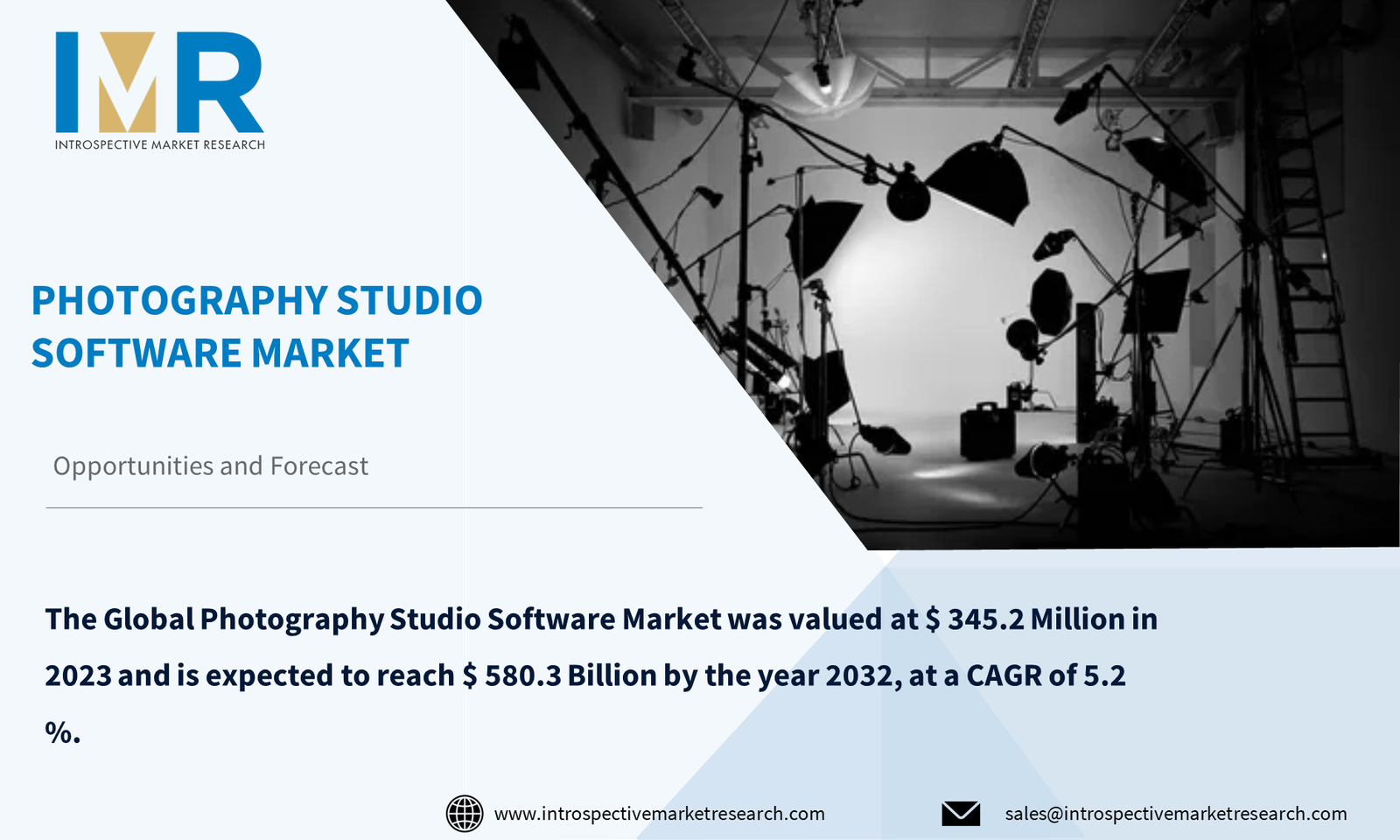
Market Overview:
Global Electronic Data Interchange (EDI) Software Market Size Was Valued at USD 1.78 Billion In 2022 And Is Projected to Reach USD 4.52 Billion By 2030, Growing at A CAGR of 15.5% From 2023 To 2030.
Electronic Data Interchange (EDI) is the automated, computer-to-computer interchange of business information in a standard electronic format among business partners over a secure, standardized connection. Postal Mail, fax, and email replaced by computer-to-computer EDI. Documents transfer directly from the sender's computer application (e.g. a logistics system) to the receiver's computer application (e.g. an order management system). In the 1960s EDI was introduced by Ed Guilbert to supply chains for the electronic communication between shipments in the US army. Before the internet era, EDI enabled instant long-distance communication.
Top Key Players Covered In Electronic Data Interchange (EDI) Software Market
- SPS Commerce (The U.S)
- TrueCommerce (The U.S)
- Mulesoft(The U.S)
- IBM Corporation (The U.S)
- Cleo (The U.S)
- Data Masons Software (The U.S)
- Edicom(Spain)
- Crossinx (Germany)
- Intertrade Systems (The U.S)
- Comarch (Poland)
- The Descartes Systems Group (Canada) and others major players.
Electronic Data Interchange (EDI) Software Market Dynamics:
Electronic Data Interchange (EDI) is an automated, computer-to-computer exchange of business information using standardized electronic formats. It enables secure and efficient communication between business partners, replacing traditional methods like postal mail, fax, and email. EDI streamlines data transfer directly from the sender's computer application to the receiver's application, enhancing accuracy and speed in business transactions. Initially introduced in the 1960s for U.S. army logistics, EDI has evolved into a critical component of global business communication, facilitating various standards such as UN/EDIFACT, ASC X12, GS1 EDI, VDA, and PEPPOL.
Market Drivers:
Improve Record Accuracy by Removing Human Error:
EDI eliminates manual processes, reducing errors and enhancing data accuracy. The transition from paper-based methods to automated EDI systems can result in a 30% to 40% reduction in transaction errors, improving operational efficiency and customer relationships. It allows employees to focus on value-adding tasks, increasing business efficiency.
Streamlined Business Processes:
EDI accelerates business cycles by 61%, reducing the time required for various transactions. This acceleration leads to faster delivery of goods and services, improving relationships with trading partners and customers.
Market Restraints:
High Implementation Costs:
EDI systems often require substantial initial investments in technology and infrastructure, making them costly to implement and maintain. The presence of multiple standards and versions further adds to the cost. Smaller companies may find it challenging to invest in EDI due to these expenses.
Market Opportunities:
Increasing Adoption Worldwide:
The adoption of EDI software is on the rise globally, driven by factors such as the growth of the internet, new transport protocols like AS2, XML-based B2B standards, API-based B2B integration, and automation. EDI has matured into a backbone for global business, with core transaction types like purchase orders, acknowledgments, advanced ship notices, invoices, and payments widely used in various industries. The document set continues to expand with the scaling of supply chains.
Key Players in the Electronic Data Interchange (EDI) Software Market:
Leading companies operating in the EDI Software market include SPS Commerce, TrueCommerce, MuleSoft, IBM Corporation, Cleo, Data Masons Software, Edicom, Crossinx, Intertrade Systems, Comarch, The Descartes Systems Group, and others.
Key Industry Developments in the Electronic Data Interchange (EDI) Software Market:
- In June 2021, MuleSoft Accelerator was launched by MuleSoft for Healthcare, featuring a set of integrations and prebuilt APIs to recover public health data from external sources and common electronic health record systems. The reusable APIs and integrations allow entities to save money and time and efficiently utilize resources.
- In May 2021, A supply chain management specialist DiCentral Corporation, collaborated with Tokyo-based Nippon Information and Communication (NI+C). The partnership allows NI+C to augment its EDI capabilities to meet the rising demand for supply chain automation and outsourced B2B integration.
Electronic Data Interchange (EDI) Software Market Segmentation:
By Type: Cloud-based EDI software is expected to dominate the market. Cloud-based solutions offer efficiency, data security, automation, collaboration, and cost-effectiveness. They are preferred for raising operational efficiency and boosting visibility and agility.
By Application: Large enterprises are anticipated to hold the majority of the market share. They are willing to invest in EDI systems to enhance efficiency, despite the high initial investment.
By Type
- Cloud-Based
- On-Premise
By Application
- Large Enterprises
- Small and Medium Enterprises
For this report, Introspective Market Research has segmented the Electronic Data Interchange (EDI) Software Market based on region:
Regional Outlook (Revenue in USD Million; Volume in Units, 2023-2030)
North America: North America is expected to lead the global EDI Software market. Factors driving this growth include manufacturing, healthcare, retail, and automotive industries, as well as government initiatives and digital B2B transactions.
Asia Pacific: The Asia Pacific region is set to experience significant growth due to expanding e-commerce, economic development in countries like India and China, improved supply chain efficiency, government initiatives, and increased manufacturing.
Europe: Europe's growth in the EDI Software market is attributed to numerous data exchange solutions and tool manufacturers. The region has introduced electronic data transfer standards, further propelling market growth.
Middle East and Africa: Gradual growth in the Middle East and Africa is expected due to increased e-commerce, distribution stores, healthcare, and manufacturing infrastructure.
South America: South America is showing growth potential, driven by healthcare, manufacturing, distribution, and government initiatives.
North America
- US
- Canada
- Mexico
Eastern Europe
- Bulgaria
- The Czech Republic
- Hungary
- Poland
- Romania
- Rest of Eastern Europe
Western Europe
- Germany
- UK
- France
- Netherlands
- Italy
- Russia
- Spain
- Rest of Western Europe
Asia Pacific
- China
- India
- Japan
- South Korea
- Malaysia
- Thailand
- Vietnam
- The Philippines
- Australia
- New Zealand
- Rest of APAC
Middle East & Africa
- Turkey
- Bahrain
- Kuwait
- Saudi Arabia
- Qatar
- UAE
- Israel
- South Africa
South America
- Brazil
- Argentina
- Rest of SA






